By Evelyn Merz
Blocked from speaking in a true public hearing on three proposed liquefied natural gas (LNG) facilities near Port Isabel and South Padre Island, advocates for a healthy community and environment set up their own public rally across the street from the Port Isabel Event Center on August 11. The advocates, who oppose the construction of the LNG export facilities, spoke the words that the Federal Energy Regulatory Commission (FERC) would not allow the public to hear.
For those unfamiliar with scoping hearings, they are essentially designed to gather public comments that help identify and designate the range of possible impacts that should be considered if a project is constructed and operated.
Can You Hear Me Now?
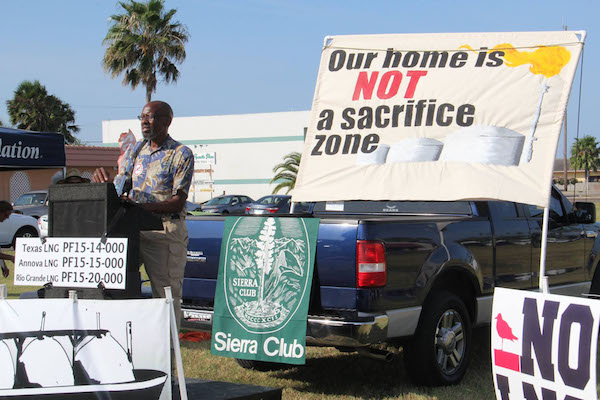
The August 11 FERC hearing, however, redefined the word “public.” After attendees signed in at the hearing, they could visit three stations staffed by employees of the three companies applying for a FERC permit. Citizens who wanted to deliver comments at the “public” hearing found that the public was a one-person audience. Speakers were directed to wait in a holding area until individually escorted into a separate cavernous room and seated at a table across from a court recorder, aka the “public,” to deliver their comments. There was not a FERC official in sight.
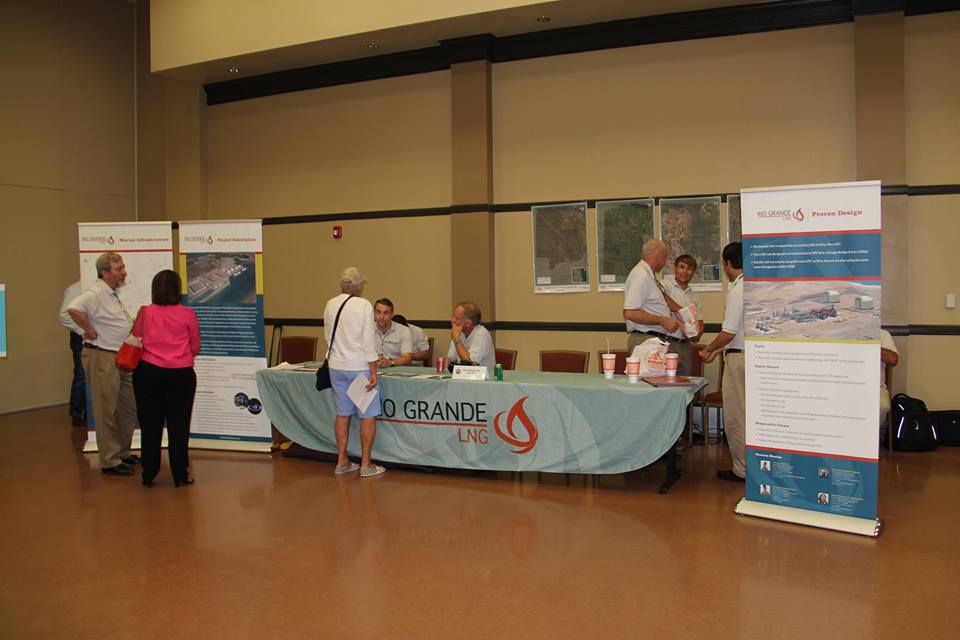
Why weren’t people allowed to share their comments with fellow residents? According to Stefanie Herweck of the Sierra Club’s Lower Rio Grande Valley Group, FERC said it was to “avoid grandstanding" and concerns about their officials' safety. Just in case you’re keeping score, the three LNG companies had tables inside the event center where they could shill polished PR messages to everyone who wanted to participate in the hearing, but everyone else who wanted to participate in the official hearing had to do it quietly and away from everyone else.

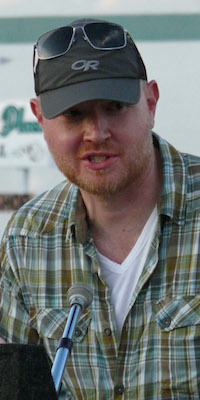
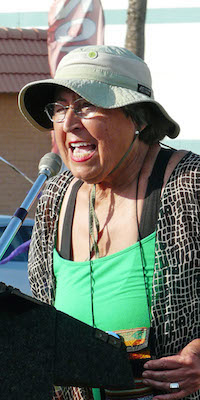
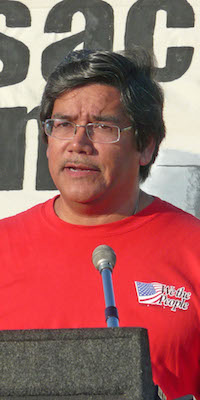
Many public rally attendees first visited the FERC event and then walked across the street to speak and listen beneath a banner reading “Our Home is Not a Sacrifice Zone.” Rally speakers favored clean air and water, a safe and healthy community, protection of the area’s renowned wildlife diversity, and maintenance of a thriving economy of fishing, recreation, and ecotourism dependent upon abundant natural resources.
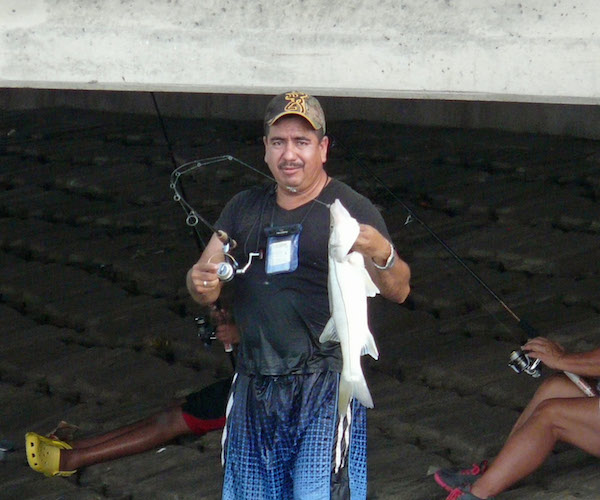
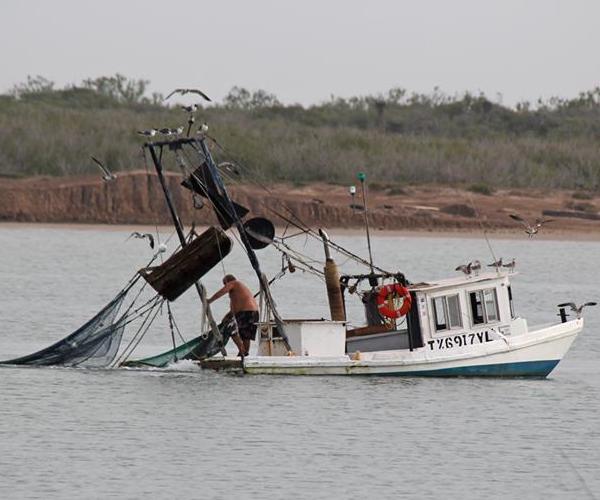
Impacts on Brownsville, South Padre Island, and Beyond
Although a grand total of five companies have indicated an intent to construct LNG export facilities, FERC held the event just for the three that had pre-filed applications: Texas LNG, Annova LNG, and Rio Grande LNG.
The impacts of any facility will reverberate far beyond its Brownsville-area footprint. The pipelines supplying each of the export facilities will also have environmental impacts and issues of eminent domain. Currently, information is only available for the Rio Bravo Pipeline Project, which would supply the Rio Grande LNG facility. The Rio Bravo Project alone would consist of two 42-inch diameter lines running about 140 miles from north of Kingsville to the Rio Grande LNG terminal.
If we consider the entire life cycle of the LNG, it would necessarily include the production of natural gas from the Eagle Ford Shale, one of the primary sources of supply for the Brownsville LNG export terminals. The building of multiple export facilities will inevitably increase fracking activity to supply the terminals to meet new demand (and higher prices) overseas. However, the cumulative impacts in the Environmental Impact Statement (EIS) for the export terminals will not consider the effects of increased fracking upon water demand or air quality in the communities that would experience increased well activity.
The proposed site will effectively become an “LNG City” – an area bracketed by two major National Wildlife Refuges, Laguna Atascosa NWR and Lower Rio Grande Valley NWR, set next to the extensive wetlands of the Bahia Grande, South Bay, and the Laguna Madre. The habitat is rich with wildlife, including the elusive, endangered ocelot, making its last stand on U.S. soil at the two national wildlife refuges. The U.S. Fish and Wildlife Service acquired parcels of land to create a safe corridor between the refuges. However, both the Annova and Rio Grande LNG facilities would block the corridor. The wetlands, bays, and Gulf waters supply a bounty of fish for commerce and recreation, and support a diversity of birdlife that draws visitors from around the world. Ecotourism is an established, profitable industry.
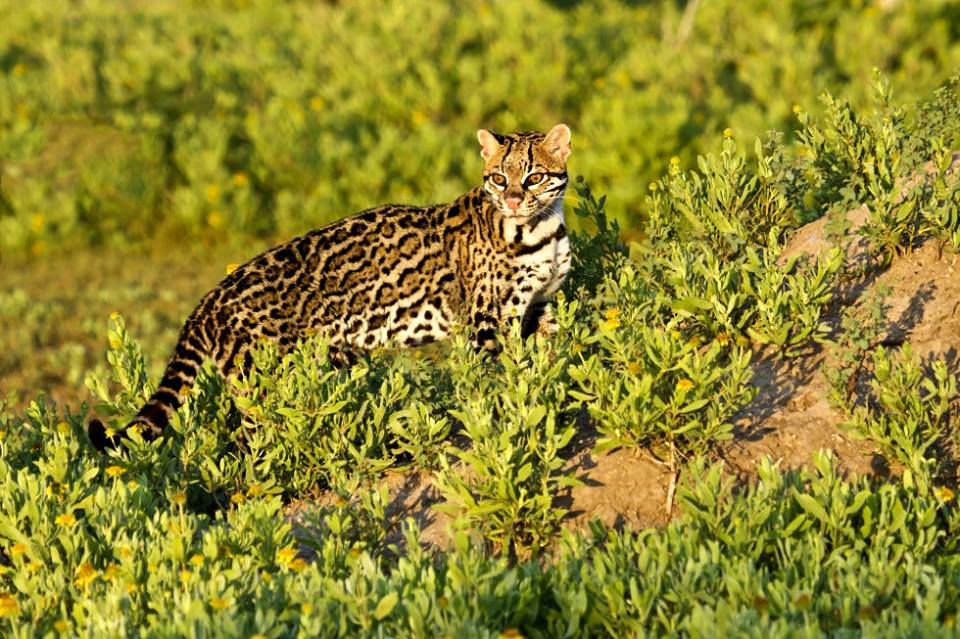
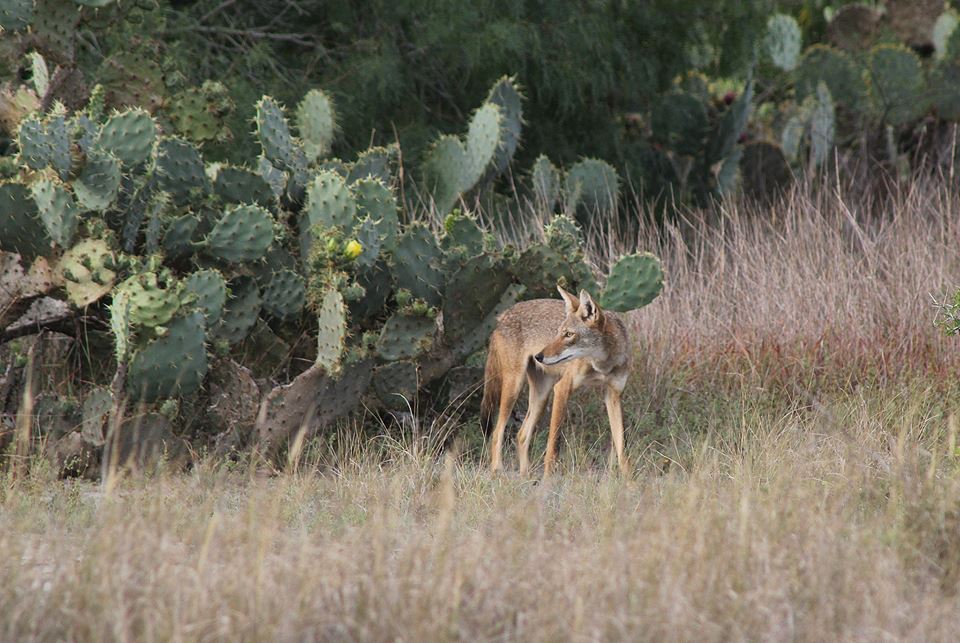
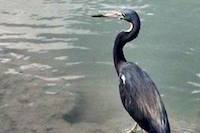
The public can file written scoping comments until September 4, 2015. Click here to take action.
You can also submit your original comments directly to FERC via their online comment system (6,000 character limit). Start at http://ferconline.ferc.gov/QuickComment.aspx. Please be sure to reference the Docket Numbers of the three projects:
Texas LNG Project: Docket No. PF15-14-000
Annova LNG Project: Docket No. PF15-15-000
Rio Grande LNG Project: Docket No. PF15-20-000
Remember, the scoping comments designate the range of possible impacts that should be considered if a project is constructed and operated, so it is important to be as comprehensive as possible in your comments.
For more information, contact one of the following:
Jim Chapman at jchapmanrgv@gmail.com or 956 571-0545
Stefanie Herweck at srherweck@hotmail.com
Evelyn Merz at elmerz@hal-pc.org or 713-644-8228
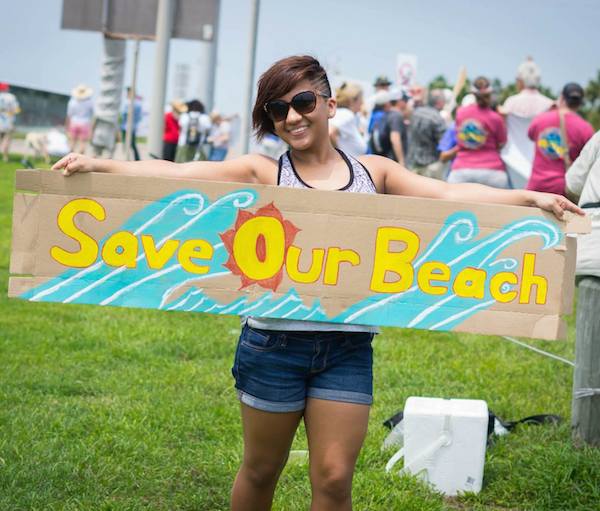
Evelyn Merz is Chair of the Lone Star Chapter's Conservation Committee.
Photos courtesy of: Reggie James, Evelyn Merz, Larry Ditto, Save RGV from LNG